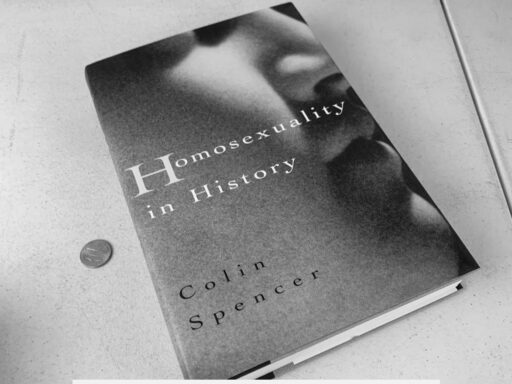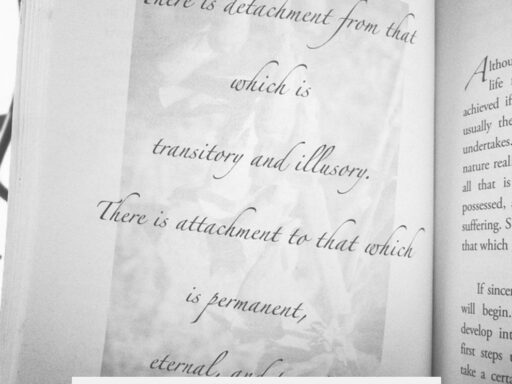Marie Antoinette was a complex figure, blending genuine kindness with frivolity, generosity with political missteps, and private devotion with public alienation. Her life as Dauphine and Queen Consort reveals a woman deeply involved in charitable causes, yet caught in a storm of public criticism and scandal. While she showed sincere concern for the poor and religious duties, these gestures often clashed with her opulent lifestyle and the monarchy’s image, especially as France moved toward revolution.
Early in her reign, Marie Antoinette demonstrated philanthropy. In 1774, she donated all her private spending money to aid stampede victims. Alongside King Louis XVI, she co-founded the Maison Philanthropique, aimed at helping the poorest citizens. During the 1780s bread famine, the royal couple sold their valuable silver to ease public suffering. Such acts reflected the traditional religious and social duty French royals felt toward their population.
However, the queen’s spending habits attracted widespread criticism, especially as food prices rose. Minor expenses or personal projects became symbols of aristocratic excess. A notable example is the controversy over the Petite Trianon, a small estate where Marie Antoinette built English-style garden buildings. Although the cost was minor, the public outcry contrasted sharply with the indifference to other nobility spending lavishly, such as Claude de Saint-James’ 150,000 livres grotto. In desperate times, public frustration focused unfairly on Marie Antoinette, fueled by her visible palace life and household.
The outbreak of the French Revolution worsened her image. Initially, the revolution drew broad support from farming and labor groups. Soon, the bourgeoisie and minor nobility, about 10% of the population, took control. To mobilize discontent, they spread anti-royal propaganda. Caricatures and pamphlets depicted her as an irresponsible spender, distorting her charitable actions. As queen of an absolute monarchy, she became a target under intense public scrutiny.
After the revolution, writers like Alexis de Tocqueville helped deepen the negative portrayal of the nobility, including Marie Antoinette. The old regime’s fall led to a shift in power and memory, with aristocracy increasingly vilified and the queen’s role viewed under a critical lens. Even some nobles close to her were disappointed with the monarchy’s failings, while many courtiers resented her exclusive circle of mostly foreign friends, which alienated her further.
Scandals worsened her reputation. The Affair of the Diamond Necklace damaged the queen’s image despite her innocence. The Comtesse de La Motte deceived Cardinal de Rohan into buying an expensive necklace on false pretenses, using forged letters and impersonations. The public trial that followed shocked France and portrayed Marie Antoinette as deceitful, though she was unaware of the plot. This event estranged several senior nobles and added to the perception of her as untrustworthy and detached.
Marie Antoinette faced alienation due to her foreign Austrian origin and perceived extravagance. Court factions and nobles who should have supported her instead distrusted her. During the revolution, hostility intensified against her as emblematic of monarchy’s failure.
Despite public perceptions, her private life reveals warmth and devotion. Biographers highlight her deep love for her children and desire to protect them. Madame Campan, a longtime attendant, described her as sweet and kindhearted. She displayed a youthful spirit alongside moments of fickleness and boredom. The queen treasured privacy and formed close, mostly foreign friendships, especially with the Princesse de Lamballe and Yolande de Polignac.
Her generosity extended to these friends, who received lavish salaries and gifts paid by the state. While this generosity fulfilled her personal loyalty, it also strained France’s finances and fueled criticism. Accusations about her personal life, such as rumors of lesbianism, stemmed from her close female friendships and absence of male favorites rather than fact.
| Aspect | Reality |
|---|---|
| Philanthropy | Donated own money; helped famine victims; co-founded charity |
| Spending | Relatively modest; contrasted with public image and other nobles |
| Reputation | Damaged by propaganda, scandal, alienation |
| Personal Life | Loving mother; kind but also frivolous and private |
| Social Circle | Mostly foreign friends; criticized for generosity to favorites |
Marie Antoinette personifies the contradictions of her time. She acted with good intentions but failed to win the trust of the common public or some nobles. Her life shows how image and reality can differ sharply, especially in volatile historical moments.
- She engaged in notable philanthropic actions amid crisis.
- Public resentment focused disproportionately on her spending.
- Revolutionary forces shaped a negative narrative that damaged her legacy.
- Scandals like the diamond necklace affair undermined her public standing.
- Privately devoted to family and favored privacy.
- Her social circle and generosity alienated the nobility and public alike.
What Was Marie Antoinette Actually Like?
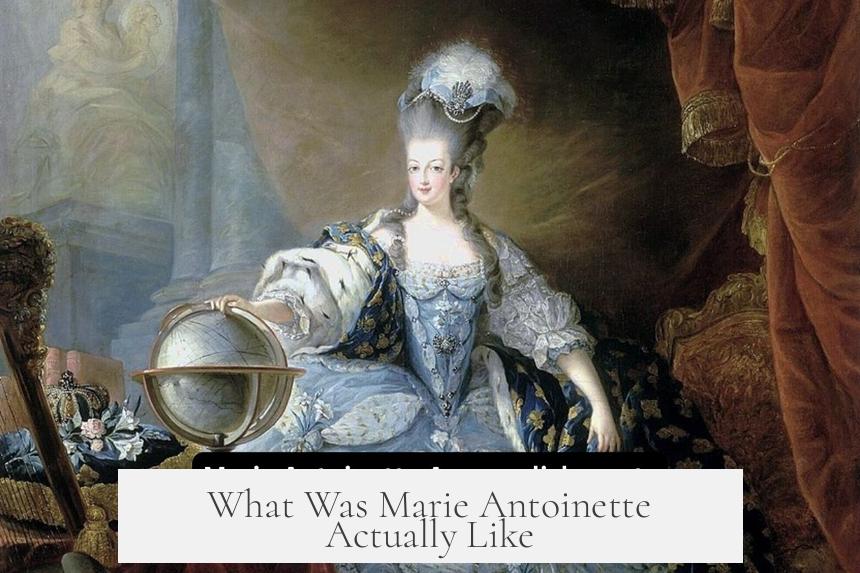
Marie Antoinette was a complex figure—part philanthropic queen, part scandal-ridden aristocrat, and completely misunderstood by the masses. She didn’t fit neatly into the black-and-white story many remember. Instead, she lived a life tangled in generosity, controversy, and loneliness, painting a far more nuanced portrait than the clichés suggest.
Behind the Glittering Crown: A Queen with a Heart

Marie Antoinette’s public image is often reduced to frivolous spending and indifference, but let’s press pause and see what she *really* did. Early in her role as Dauphine and Queen Consort, she demonstrated sincere philanthropy. In 1774, after a tragic stampede, she gave all her private spending money to support the victims. This wasn’t a one-off feel-good act. She and King Louis XVI founded the Maison Philanthropique, a charitable organization aimed specifically at aiding the poorest citizens.
Did you know that during the 1780s bread famine, the royal couple sold their own silver cutlery to help alleviate hunger? This story complicates the common image of a queen purely living in luxury and excess. Sure, she enjoyed the regal lifestyle, but history suggests she was more conscientious than her critics let on.
The Duchess Who Loved Privacy—And Paid the Price
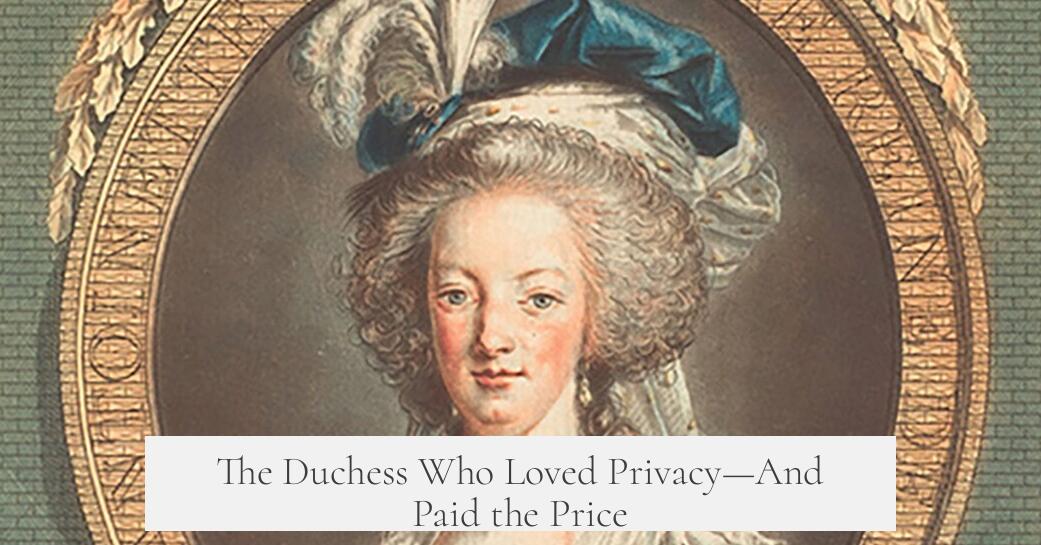
Marie Antoinette loved her privacy. She surrounded herself with a small, intimate circle, mostly composed of close, usually foreign, friends like Princesse Lamballe and the Polignac family. This private life was a double-edged sword. While it allowed her moments of genuine connection, it alienated her from many French courtiers and nobility. A queen who keeps to herself and prefers the company of a few over *everyone* will always face suspicion—especially in a court bubbling with intrigue.
And yes, her fondness for female friends sparked rumors. Some whispered she was a lesbian. Reality check: she was simply a girly girl, loving to gossip, giggle, and relax with her closest confidantes. For someone stuck in a gilded cage, who could blame her?
More Than a Pretty Face: Religion and Duty
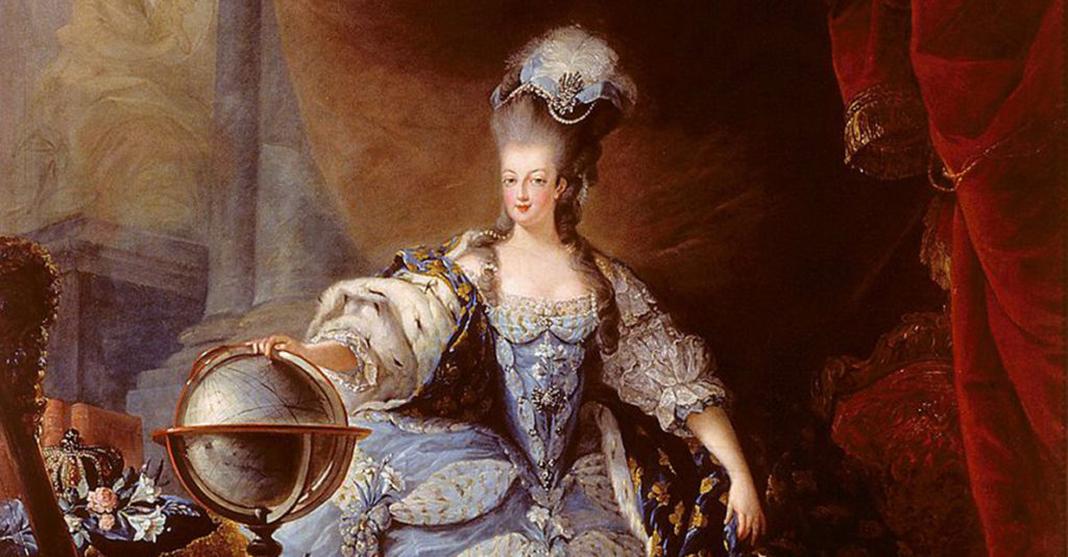
Contrary to the stereotype of Marie Antoinette as careless and frivolous, she took her religious duties seriously. Royals like her saw a divine responsibility to aid their people. It’s hard to overstate how much religion shaped governance during this era; philanthropy was often viewed as a sacred obligation, not a personal choice or PR stunt.
This context shifts the narrative: her acts of kindness weren’t rare shrugs but embedded in the royal ethos.
The Scandals That Tarnished Her Crown
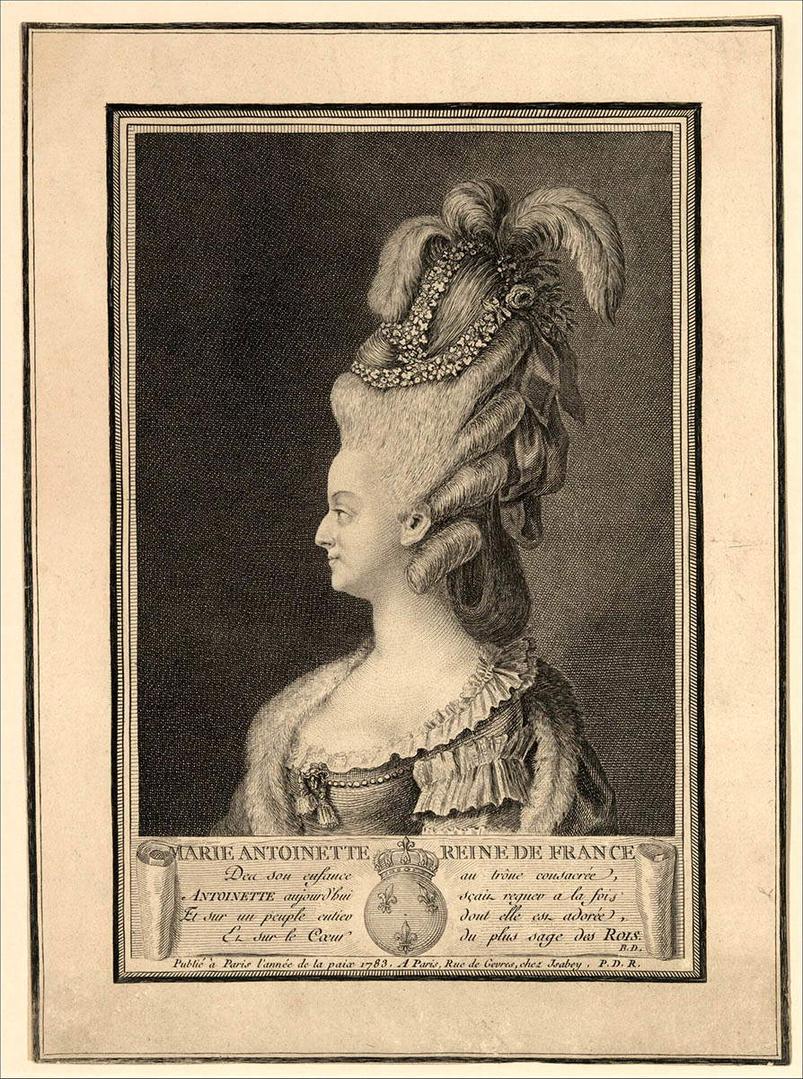
No biography of Marie Antoinette would be complete without the infamous Affair of the Diamond Necklace. The plot played out like a 18th-century soap opera. The Comtesse de La Motte, driven by greed and deception, tricked the Cardinal de Rohan into believing Marie Antoinette wanted a spectacular diamond necklace. The queen had actually refused the necklace multiple times, so imagine her surprise!
La Motte used a prostitute disguised as Marie Antoinette and forged letters to convince the cardinal to buy the necklace for “her.” The diamonds were then stolen for La Motte’s enrichment. At the public trial, the innocent cardinal emerged vexed but cleared, while Marie Antoinette’s reputation was shredded in the court of public opinion.
This scandal added fuel to the fire, giving opponents more ammunition to depict her as untrustworthy and extravagant. The truth? The queen had no part in the deception.
Outsider at Court: Alienation and Misunderstanding
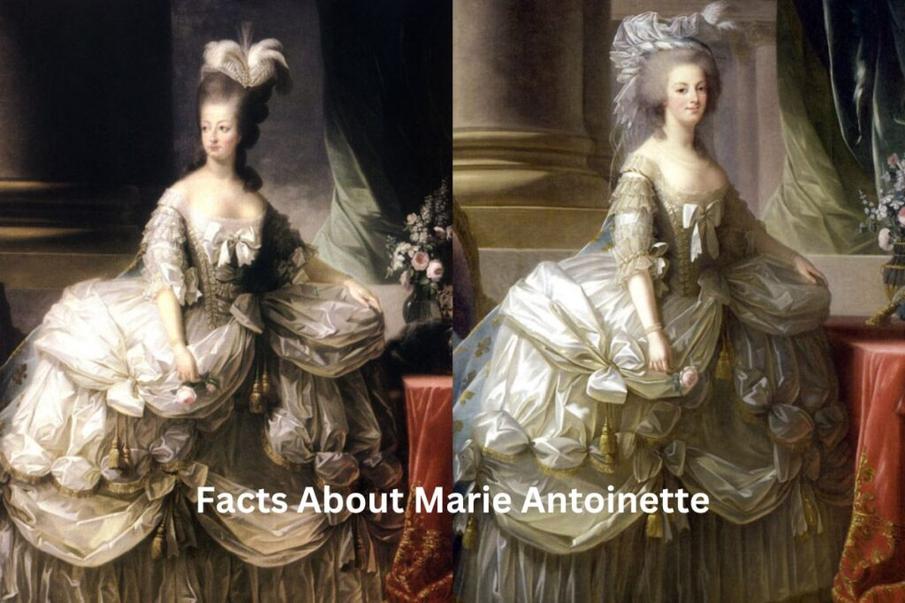
Born an Austrian archduchess, Marie Antoinette was never fully embraced as French royalty. Foreignness was a mark against her. The French nobility, quick to gossip and scandal, found reasons to alienate her, hungry for power struggles and intrigue. As discontent grew and revolution brewed, her foreign roots became a liability.
By the late 1780s, even her closest supporters noted her frugality in spending compared to earlier lavish years. Yet public perception lagged behind reality—those hungry and anxious blamed the monarchy broadly and often unfairly. In desperate times, scapegoats are easy to find.
The Revolution’s Tainted Brush: Who Painted Marie Antoinette as ‘The Villain’?
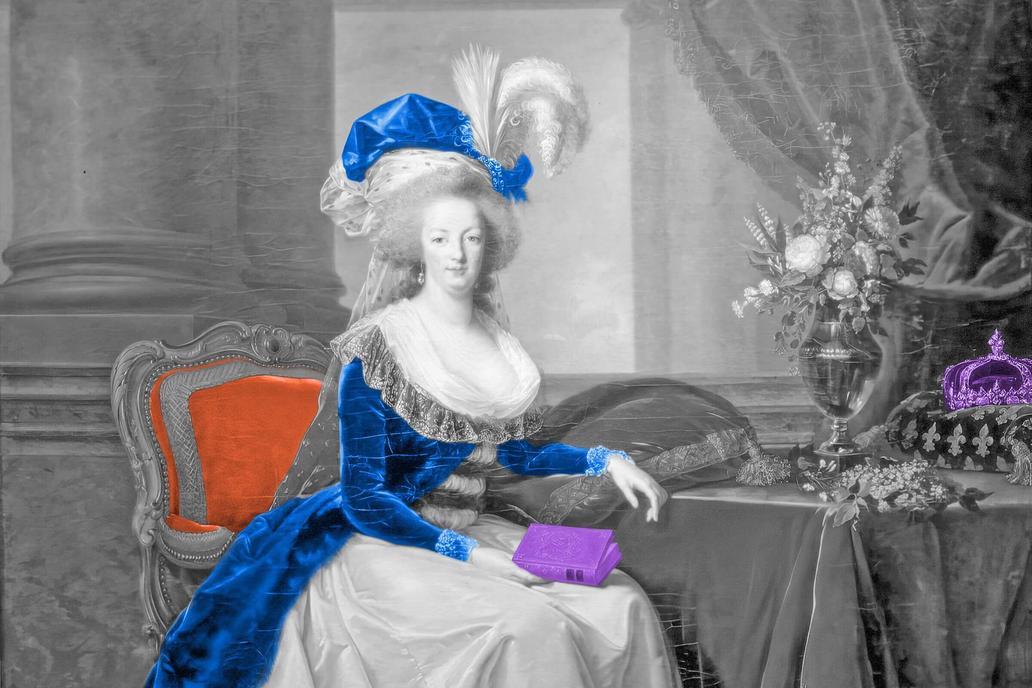
The French Revolution was initially fueled by working-class anger at food shortages and inequality. However, the leaders who dominated the movement—the bourgeoisie and some minor nobles—made up only about 10% of the population. To rally rebellion, they needed a nemesis. Marie Antoinette, with her foreign origin and royal status, was a perfect villain.
Print culture exploded with caricatures and pamphlets that simplified history and smeared her image. These materials targeted an often-illiterate populace, hardening the narrative of Marie Antoinette as greedy and uncaring.
Furthermore, post-Revolution, historians like Alexis de Tocqueville helped cement this negative portrayal. The old aristocracy was fading, and rewriting history became a way to justify the new social order. Marie Antoinette’s image suffered badly in this context.
Marie Antoinette, the Mother: A Side Often Overlooked
Behind the public figure was a devoted mother. Biographers such as Antonia Fraser and firsthand accounts by Madame Campan, the queen’s maid, point to a woman who adored her children deeply. Marie Antoinette wanted to give her kids what she never had—love, security, and happiness.
This warmth contrasts sharply with the cold image so many remember. She was young in spirit and heart, sometimes fickle and bored, sure—but a kindhearted mother all the same.
Spending Habits: Reality vs. Rumors
Yes, the queen spent money. She resided in various luxurious palaces, enveloped by glitter and grandeur. But the outrage over her spending often ignored context. For example, the lion’s share of outrage over the Petite Trianon came when she put up modest English-style garden buildings costing a mere fraction compared to lavish projects by male courtiers, like Claude de Saint-James’ extravagant grotto costing around 150,000₶.
In reality, Marie Antoinette tried to be frugal during times of crisis. She faced a tough paradox: live with royal dignity or face public scorn for excess. No wonder images of her were so contradictory.
Generosity Toward Friends: Blessing or Curse?
Marie Antoinette’s generosity was sometimes indiscriminate and costly. Her favorites, including Lamballe and the Polignac family, received enormous salaries, dowries, and gifts paid out by the state. This generosity hurt France’s already strained finances, fueling resentment among nobles and commoners alike.
This created another wedge between her and the French elite, further isolating her in court and politics.
What Can We Learn From Marie Antoinette’s Story?
The story of Marie Antoinette challenges us to look deeper. Was she frivolous and disconnected royal? Yes, sometimes. Was she a woman of good intentions caught in a brutal, complex political storm? Absolutely.
She navigated massive expectations and impossible scrutiny. Her image was shaped as much by enemies and revolutionaries as by her own choices. Through philanthropy, motherly love, scandal, and alienation, Marie Antoinette was fully human—flawed and genuine.
Next time you hear “Let them eat cake,” remember that history is rarely that simple or sweet.
What kind of charitable actions did Marie Antoinette take during her time as queen?
Marie Antoinette gave her private funds to help disaster victims and co-founded an organization to aid the poor. During bread famines, she and the king sold their silverware to ease suffering.
How did the Affair of the Diamond Necklace affect Marie Antoinette’s reputation?
The scandal falsely linked her to a costly diamond purchase scheme. It damaged her image greatly and alienated many nobles, despite her having no involvement in the plot.
Was Marie Antoinette considered out of touch with the people due to her spending?
While she lived comfortably in palaces, she tried to limit expenses. Still, many blamed her for France’s financial woes amid rising bread prices, creating a perception of extravagance.
What was Marie Antoinette like in her personal life and relationships?
She adored her children and aimed to be a better mother than her own. She was kindhearted and girlish, enjoying close friendships and private moments of laughter with her female companions.
Why was Marie Antoinette disliked by the French nobility and common people?
She was foreign-born and involved in scandals. The revolution’s bourgeoisie used propaganda against her. Although charitable, she struggled to gain true support among the populace and nobles.
